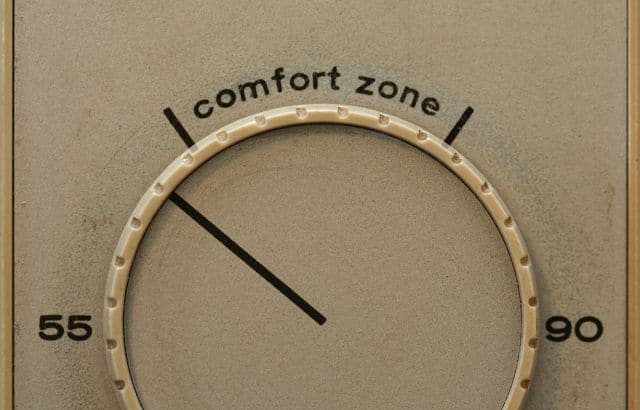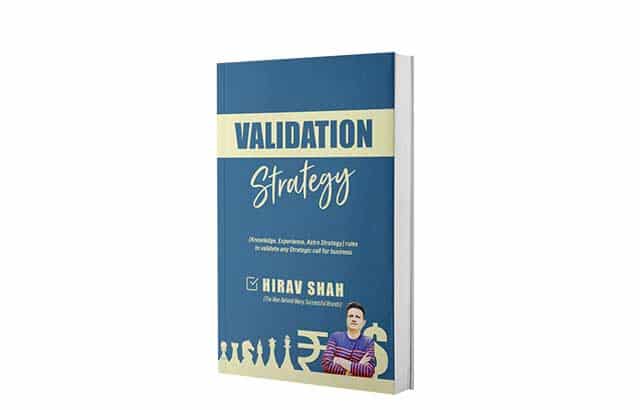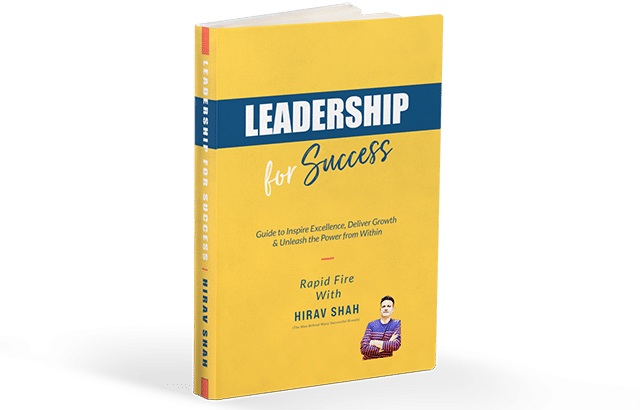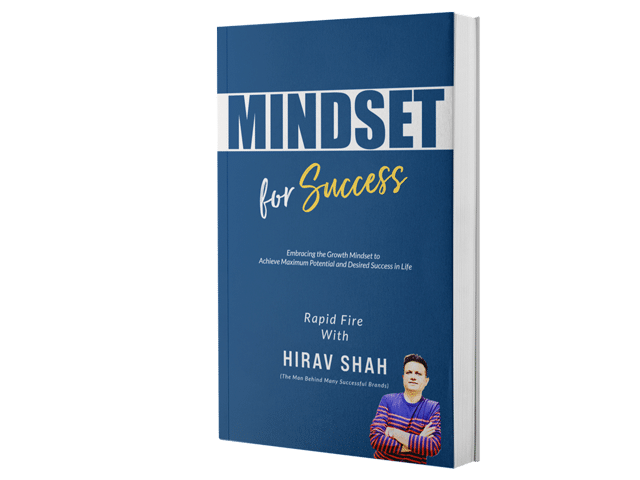Change Yourself: If You Don’t Like Your Body, Change It. If You Don’t Like Your Income, Change It…
Remember, the quality of your life has been the quality of your decisions. It’s the ultimate reflection in your later life. Advice of Renowned Thought Leader & Astro-Strategist Hirav Shah.
Fix yourself first, becoming what you want to be. Then you can be taken by others as a serious example of how to be and your advice on how to improve the rest of the world will actually be considered.
Otherwise, it is like a child lecturing parents on parenting, a person deep in debt lecturing others on money, the person whose life is in chaos telling others how to live. You have no experience, no expertise, and no one should give your incorrect views weight.
On that note, Noted Thought Leader, Astro-Strategist & Business Astrologer™, Hirav Shah Suggests Three Ways To Change Yourself First…
Table of Contents
3 Ways to change yourself
1. Try To Embrace An All-Or-Something Approach
Changing yourself is rarely an all-or-nothing proposition. For example, let’s say you decide to up your analytics game at work and to get in better physical shape at home. Accordingly, you set goals to read for thirty minutes every day and to run for thirty minutes, too.
Initially, your enthusiasm is high, and so is your effort. But then something happens, and you miss a day of running. Or you don’t feel like reading and skip a day. At this point, you may begin to beat yourself up, and your enthusiasm might wane. Eventually, you might give up. Too often, such are the fruits of an all-or-nothing mentality. Maintain optimum brain health for better life.
To avoid this outcome, you might want to try an all-or-something approach, instead. With this mentality, you strive to do something toward your goals most days, even if you cannot do everything every day.
For example, if you only have fifteen minutes to read about analytics one day, tell yourself that’s OK. After all, fifteen minutes of knowledge is better than none. Similarly, if you miss a day of running because something came up at your designated running time, maybe you can take the stairs at work instead of riding the elevator. Or, perhaps you can get creative and listen to an analytics podcast while taking a thirty-minute walk at lunch.
The all-or-something approach may not be as emotionally fulfilling as an all-or-nothing style in the short term. But it will help you stay the course to accomplishing your goals in the long term.
2. Anticipate The Unforeseen

When driving down a highway in your car, you might experience unexpected detours or frustrating backups. You might even get lost. In that case, instead of giving up or turning around, you would likely solve the problem by checking your map, consulting your GPS or stopping to ask for directions.
Traveling the road of self-change is similar. You should expect to hit some roadblocks. For example, if you commit to becoming a better listener at work, you may still find yourself interrupting others, despite your best intentions. As a parent, you may find yourself raising your voice at home, even though you committed to being calmer around your kids.
At this juncture on your journey, you can give up or seek help. For example, asking a trusted colleague at work to give you real-time feedback might help. If your change goal is at home, talking with a trusted friend or counselor may give you fresh ideas and renewed motivation. It will take time to get where you want to go because change is rarely a straight-line journey.
3. “Comfort Zone”, Just Get The Hell Out of It.

Uncomfortable situations are something we all try to avoid. For example, if you’ve put off exercising for years, the first few times you go for a jog are going to be very difficult.
The thing is, self-improvement is almost never a fun process. It requires you to take a close look at yourself, acknowledging your flaws, making a conscious effort to change them, and then actually put that into practice.
In a lot of cases, that process is ongoing, so there’s always some discomfort to deal with. For example, when it comes to exercise, your muscles are going to ache, and you may not see progress right away. However, if you keep at it on a regular basis, you’ll soon see results, like improved stamina and strength.
With that in mind, it’s vital that once you identify what you need to do, you stick with it. That means not reverting to old patterns, even if you’re uncomfortable or if the process is messy.
It’s all too normal to fall back into old habits when you’re making drastic changes to your life. If it happens to you, then don’t beat yourself up over it. What you need to do instead is acknowledge it, try again, and make an effort to avoid the triggers that led to that stumble in the first place.
Of course, this is easier said than done.
Yet, do it…
Push yourself out of that comfort zone.
Final Thoughts
“Get realistic”
“Stop chasing a pipe dream”
“One person can’t make a difference, anyway”
To change the world, you have to change yourself first. You have to change your mentality, your habits, and your actions.
If You Don’t Like Your Body, Change It.
If You Don’t Like Your Income, Change It…
The truth is, it is possible to change the world. But to change the world, you have to change yourself first-Concludes Hirav Shah, who is a PIONEER in introducing Astro-Strategy for BUSINESS REVOLUTION, to increase CERTAINTY of SUCCESS.













